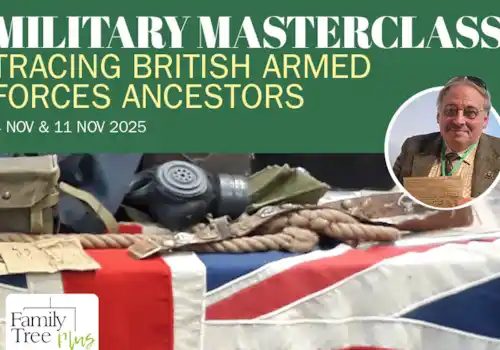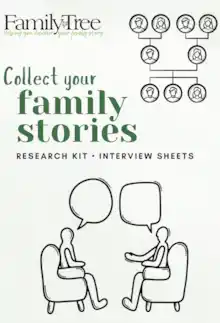18 July 2016
|
The College of Arms – the official heraldic authority for England, Wales, Northern Ireland and much of the Commonwealth was reincorporated by royal charter on 18 July 1555
On this day in history, 1555: The College of Arms – the official heraldic authority for England, Wales, Northern Ireland and much of the Commonwealth (including Australia and New Zealand) – is reincorporated by royal charter signed by Queen Mary I of England and her husband King Philip II of Spain.
The College, which is also known as the College of Heralds, dates back to 1484 when the heralds were first granted a charter of incorporation by King Richard III and given a house in which to store their records in Coldharbour, Upper Thames Street, London.
In 1485, when Henry VII took the crown from Richard, he also wrested Coldharbour back from the heralds and gave it to his mother. Scroll forward to 1555 and the College received its second royal charter from Queen Mary and King Philip II of Spain, together with the site of the present College of Arms on which then stood Derby Place. This building was the College of Arms until it was destroyed in the Great Fire of London in 1666. The College’s present home dates from the 1670s.
The College consists of 13 professional officers of arms, or heralds. The officers are appointed by the British sovereign and are delegated authority to act on behalf of the Crown in matters of heraldry.
As well as being responsible for the granting of new coats of arms, the College maintains registers of arms, pedigrees, genealogies, Royal Licences, changes of name, and flags. The heralds, besides having ceremonial duties at significant events such as coronations, state funerals and the state opening of Parliament, advise on all matters relating to the peerage and baronetage, precedence, honours and ceremonial as well as national and community symbols, including flags.
One of the few remaining official heraldic authorities in Europe, its nearest equivalent in Scotland is the Court of the Lord Lyon.
As well as the 13 officers of arms, there are seven officers extraordinary, and the College is overseen by the Earl Marshal, a hereditary office held by the Duke of Norfolk.
Find the College website at www.college-of-arms.gov.uk.
Pictured: the heraldic banner of Anne Bullen, who was beheaded on 19 May 1536, from the 1904 book, Banners, standards, and badges, from a Tudor manuscript in the College of Arms, freely available to read on the Internet Archive.
Want to trace your family history? Family Tree, which has been bringing genealogists expert advice for over 30 years, will show you how! Click here to take advantage of our latest subscription offer.








